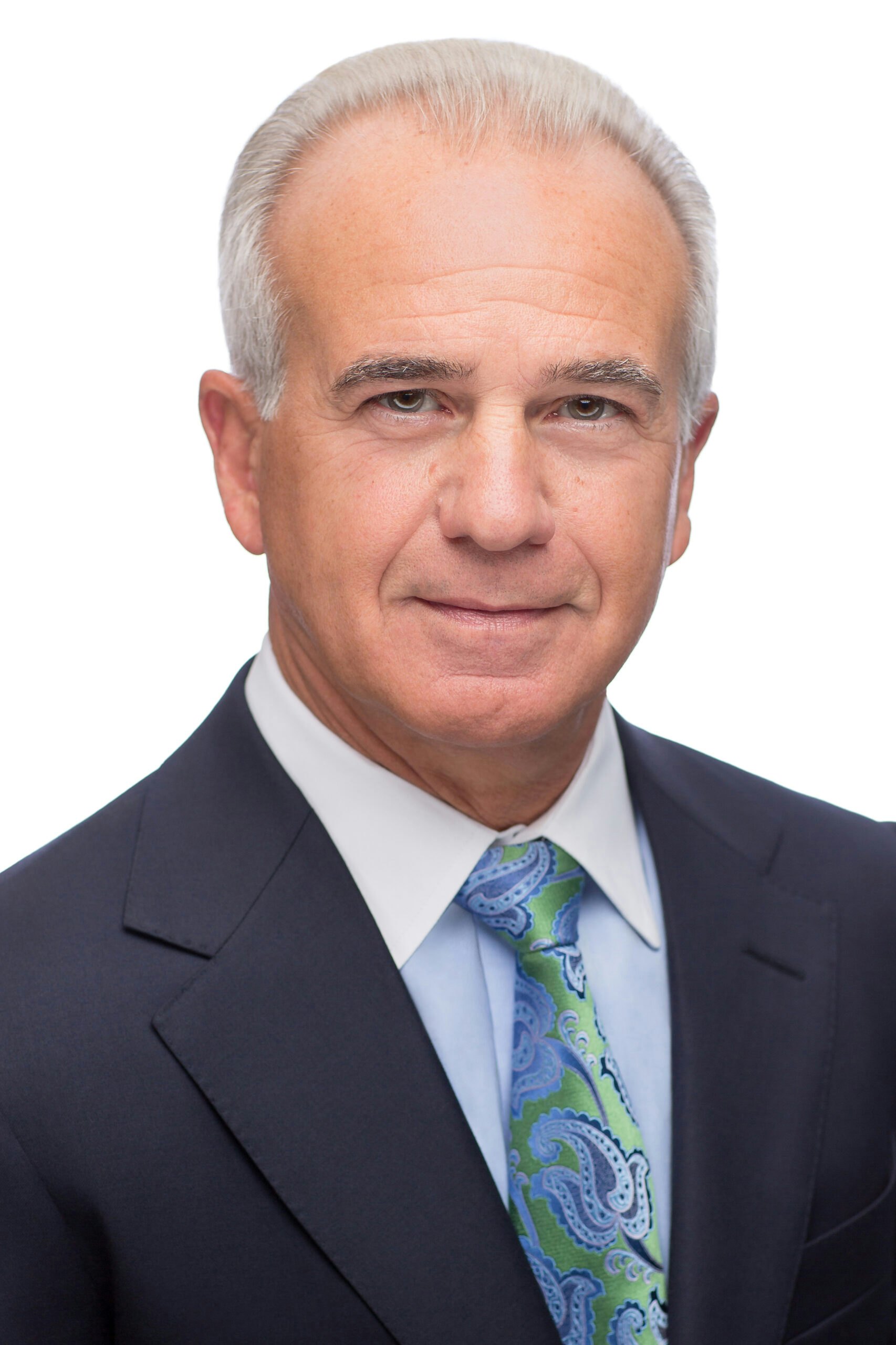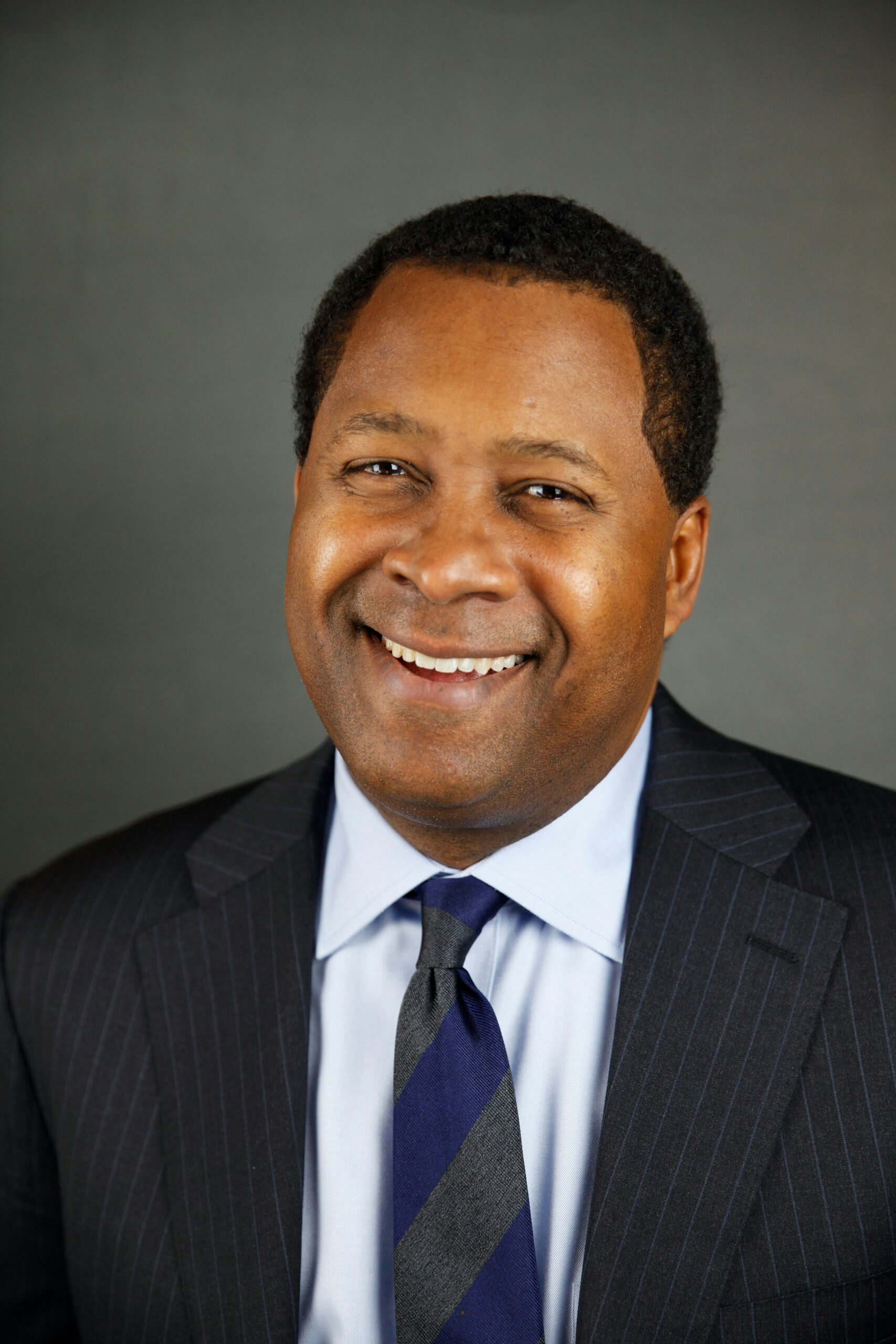Former White House Domestic Policy Council (2005-07) and Deputy Secretary of Health & Human Services (2007-09) discusses his latest book
Professionally, Tevi Troy is successfully leading a double life. Throughout his post-Bush Administration career, Troy has balanced his work in public health care policy with a career as a presidential historian and successful author, making him one of only a handful of historians who has both studied the White House as a historian and worked there at the highest levels. He is the author of the best-selling book, What Jefferson Read, Ike Watched, and Obama Tweeted: 200 Years of Popular Culture in the White House, as well as thee others, including Shall We Wake the President? Two Centuries of Disaster Management in the Oval Office and his newest, Fight House: Rivalries in the White House from Truman to Trump. The reviews have been terrific, with Yuval Levin (EOP) writing in National Review that Fight House is “packed with fascinating tales of mind-boggling bickering in the highest reaches of the executive branch. And if you like politics, it’s just great fun to read. Well worth your while.”
Q: Congratulations on the great reviews for Fight House. You studied rivalries and in-fighting in every White House from presidents Truman to Obama. What are your favorite episodes and is there a protagonist that you would crown heavyweight infighting champion?
My favorite story is one from the Reagan White House. Al Haig was Secretary of State, and disliked by James Baker and Michael Deaver, the chief and deputy chief of staff. Baker and Deaver worked to keep Haig off Air Force One, Marine One, and presidential motorcades. Haig didn’t like this at all, and complained about the “gorillas in the White House” who were out to get him. So, Deaver, 42 years old, deputy chief of staff to the president, dresses up in a gorilla costume and parades around the White House saying, “I’m Baker’s gorilla.” And the story is only one of multiple gorilla mentions in the book. They came up so often that I even had the publisher provide an entry for “gorillas” in the index.
This story also leads me to answer your question about the infighting champ. It was definitely James Baker. He had fantastic relations with the press, and he set things up so that he didn’t even have to fight, he just created a board on which he would always be the winner.
Q: You write that before you entered the Bush White House Domestic Policy Council in March 2005, you asked a friend who had worked in the Clinton White House for advice. He told you, “watch your back,” advice that ultimately you were “pleased to find…unneeded.” You also describe the Bush White House as disciplined and mostly free of media leaks. Why was this White House different in those ways from the others you wrote about?
I wouldn’t go too far on this idea of the Bush 43 White House being different from other White Houses. I argue in Fight House that the Bush 43 domestic policy team, on which I served, had fewer infighting problems, but the foreign policy team was quite contentious. As for controlling in-fighting on domestic policy in the Bush 43 White House, I attribute it to a very tight process, ideological alignment with the “compassionate conservatism” approach, and President Bush’s intolerance for infighting among his domestic policy team.
Q: You conclude with a series of lessons learned. What is your biggest takeaway?
The biggest takeaway in Fight House is that infighting is endemic to high stress, high power, alpha male and alpha female enterprises like the White House. Since every White House is going to have at least some infighting, presidents and chiefs of staff have to figure out how to manage or minimize it, if they so choose.
Q: During your time as deputy secretary of HHS, you worked closely on the national preparedness plan for an avian flu pandemic. How has that experience influenced your view of what’s happening today with coronavirus?
President Bush, to his credit, recognized that flu was a threat and demanded that his staff come up with a plan for coping with flu. We did that, and the Obama administration actually deployed the Bush plan when swine flu hit in 2009, just a few months into the new Obama administration. So, we are definitely ahead of where we were in terms of flu response before the Bush administration came into office. But these plans need to be constantly updated, and this particular coronavirus is an exceedingly contagious strain, which presents new challenges for public health officials. Also, our flu plan was predicated on distribution of countermeasures, and we went into this crisis with no vaccines or antivirals for coronavirus, something I warned about in 2016.
Q: Can you leave us with a favorite story, moment or leadership lesson from your time in the administration?
My favorite story is from a cabinet meeting I attended that took place while Colin Powell and Donald Rumsfeld were in the midst of their ongoing feud. The president, who was always on top of his game in cabinet meetings, was being his typical hard-charging self and made a point with which both Powell and Rumsfeld agreed. President Bush then stopped and said, “Who says these guys can’t get along?” The whole room cracked up. President Bush always knew how to defuse tension with a laugh.





























